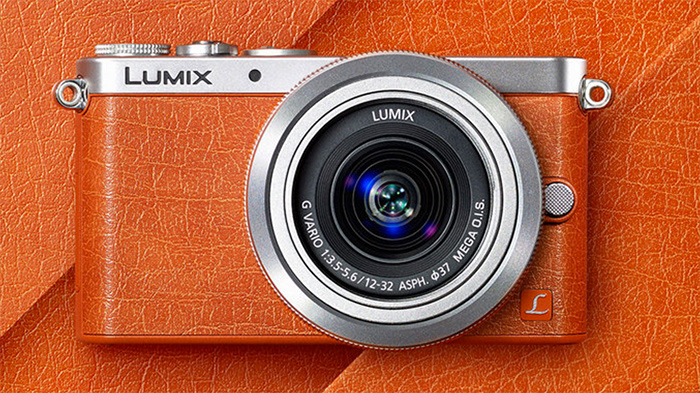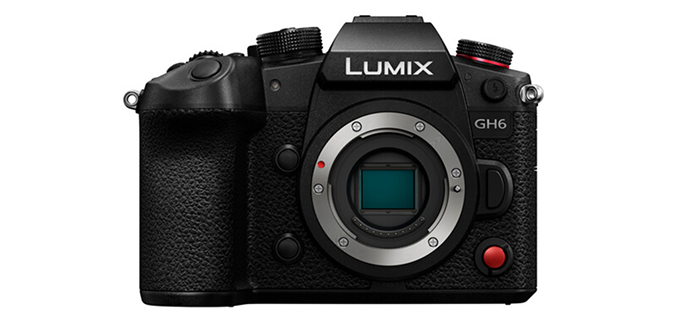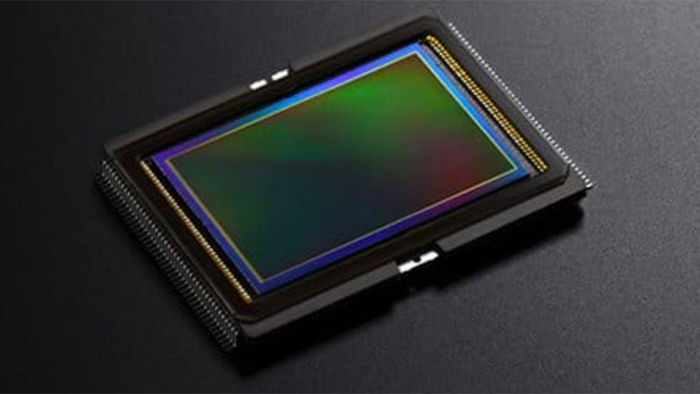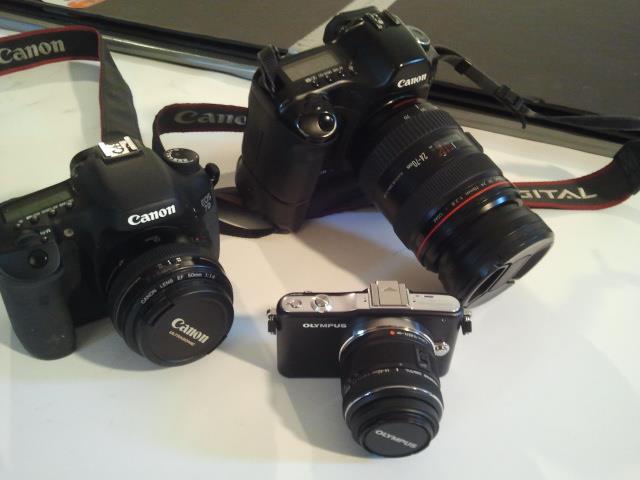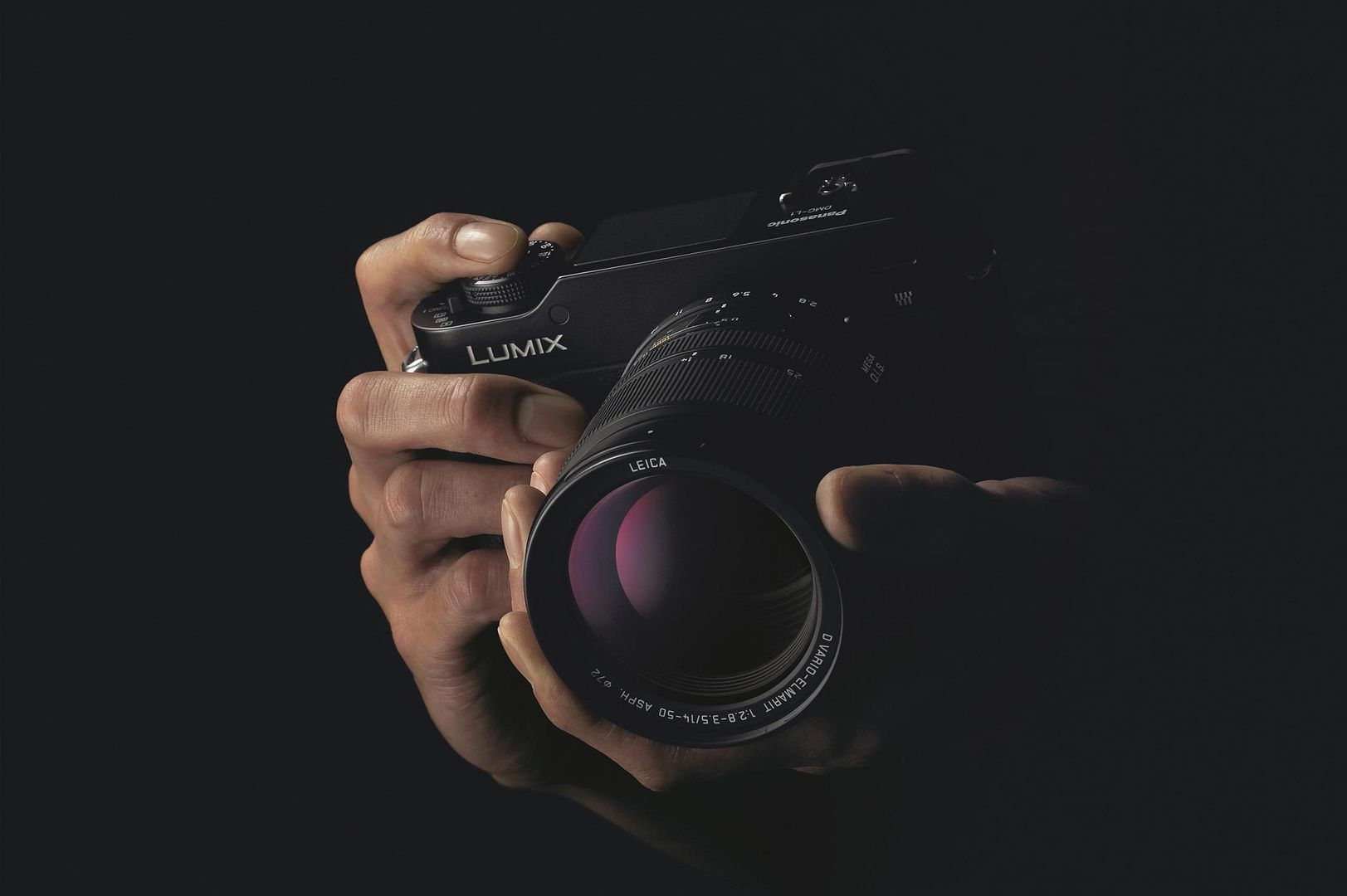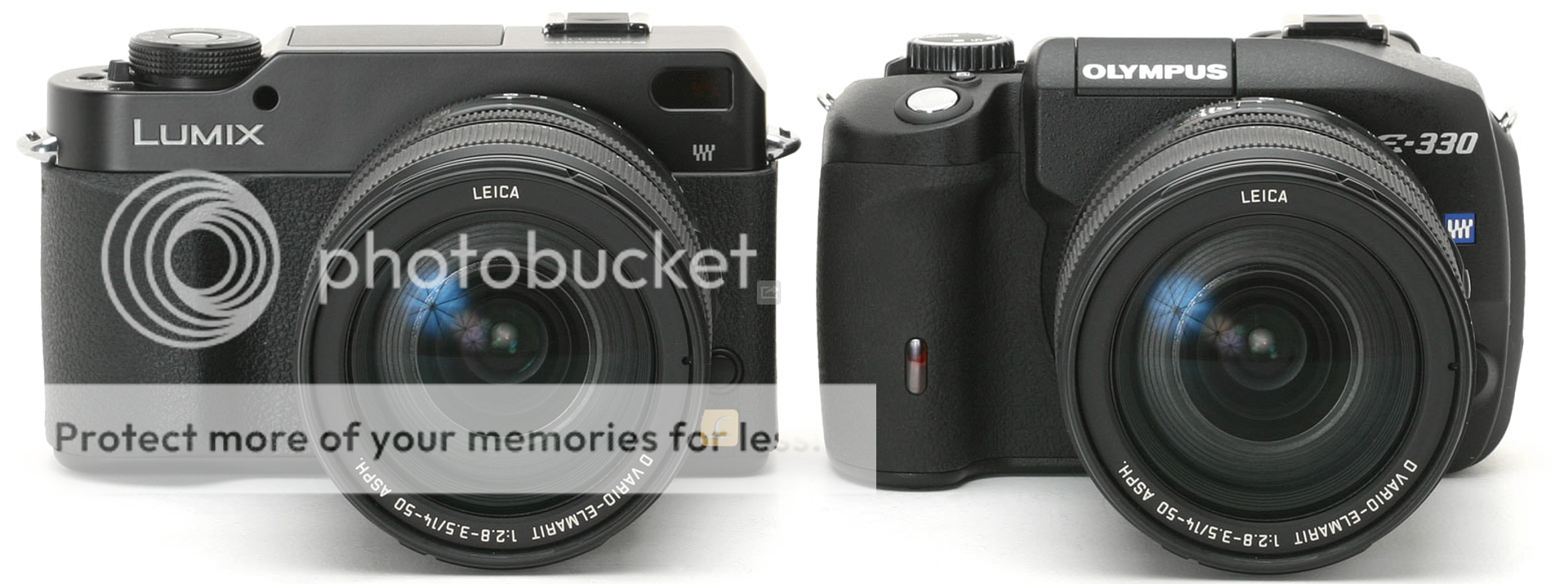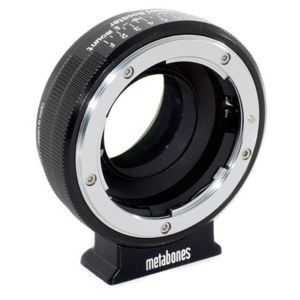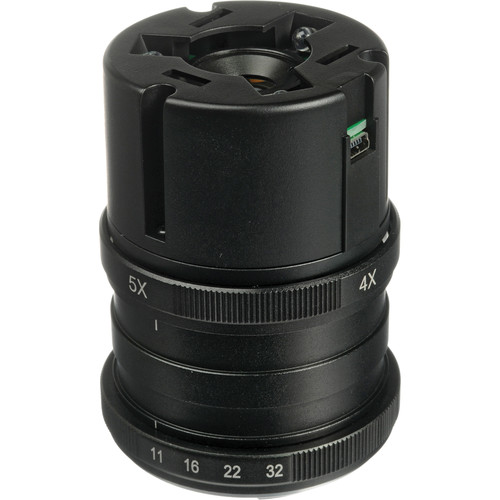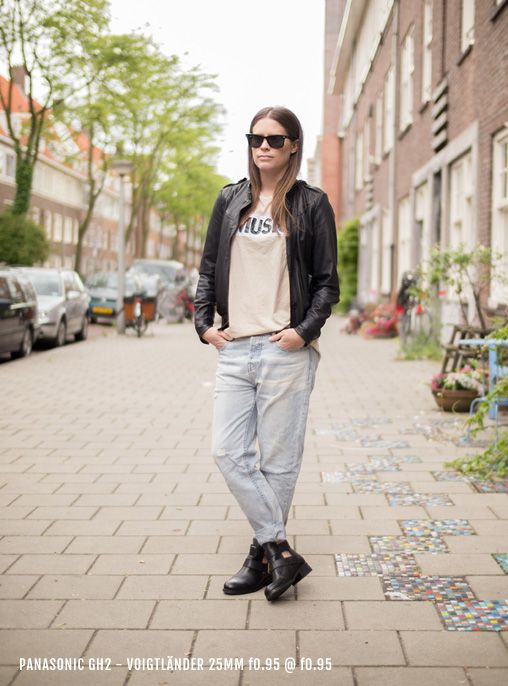
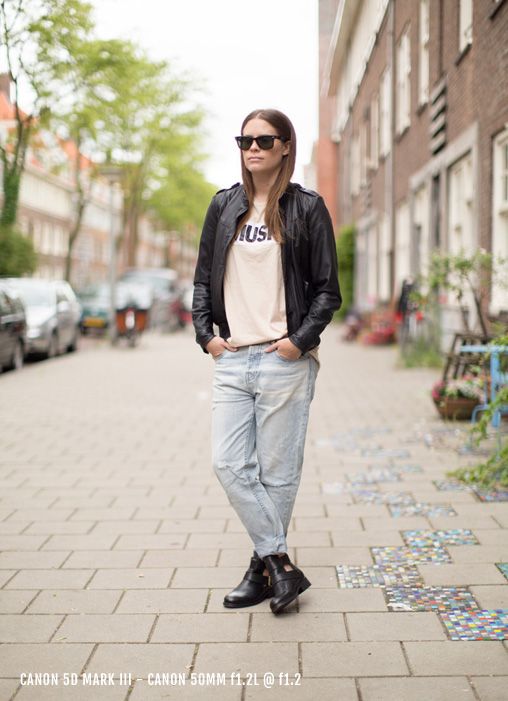
Image courtesy by Niels (Click on pictures to enlarge the size)
–
Editor’s note: After four years of existence I decided to finally create some space for all MFT camera ownsers. You can now write articles for 43rumors by submitting them at 43rumors@gmail.com. This is the first article of the new series written by 43rumors reader Niles (myfashioninspiration.creatorsofdesire.com).
—-
Niels:
I’ve been using MFT since the moment I started photography a couple of years ago (first an Olympus E-PL1, now a Panasonic GH2). Primarily to make fashion photos and videos of my girlfriend for her fashion blog. In this streetstyle/fashion world there is one dominant style of photography: fast lenses wide open to make the subject really pop out of the street.
To push this style to the max a lot of fashion bloggers use a full frame camera and I had set my mind on getting one myself until I had a chance to borrow a Canon 5D mkIII for a couple of days and did some comparing. The results of this comparison were actually surprising to me.
Because, like a lot of bloggers, I only really use the photos for web and never print, I decided to make the comparison as practical as possible and non scientific. I put down a tripod, took a shot with my Voigtlander 25mm f0.95 (wide open) on the GH2, then the same shot with the Canon 50mm f1.2L wide open on the 5D mkIII and then scaled both images down to the resolution I use on the web. I kept the images as raw as possible and only made slight color changes to make them match better.
There is a difference in depth of field noticeable but it really did make me think again if it was worth the extra thousands of euros. There are some obvious advantages to an expensive camera like the mkIII, the auto focus of the f1.2L was a welcome feature for photography compared to my Voigtlander, the low light quality was great and in full resolution the sharpness and details were noticeable but I also came home with a sore wrist after walking around with the mkIII in my hand for a day where as the GH2 is relatively light weight and compact. And scaled down to a web resolution the images start looking alike more and more.
I decided to stick with MFT for the time being. I’m also curious to see what effects Speedbooster solutions could have on the depth of field. But to the millions of fashion bloggers out there who feel they can only make blog photos with a full frame camera: a mirrorless camera with a fast lens might just do the trick for you for a fraction of the price and weight.
If you’re curious for more MFT fashion material: last year I made this short film on the GH2 using the Voigtlander 25mm f0.95, the SLRmagic Hyperprime 12mm f1.6 and a vintage OM lens: https://vimeo.com/54944767
Kind regards and thanks for the great blog!
Niels
—
Editors’s note: Some topics I am interested in:
– Professional on field reviews. Unlike DxO or Dpreview what I want is to learn more about the real life use of cameras and lenses! No charts or pixel peeping needed :)
– Testing of little known lenses
– Funny stories around the use of MFT
– System comparison: Example, switching from DSLR to MFT system

